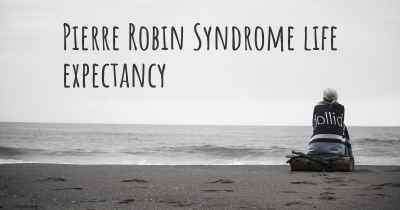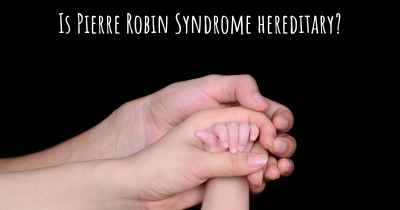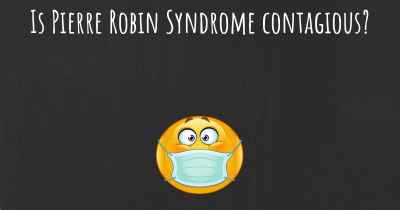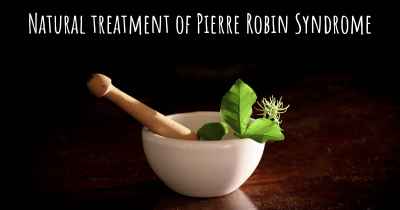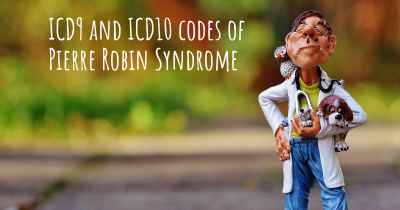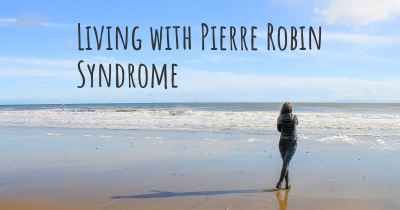Which are the symptoms of Pierre Robin Syndrome?
See the worst symptoms of affected by Pierre Robin Syndrome here
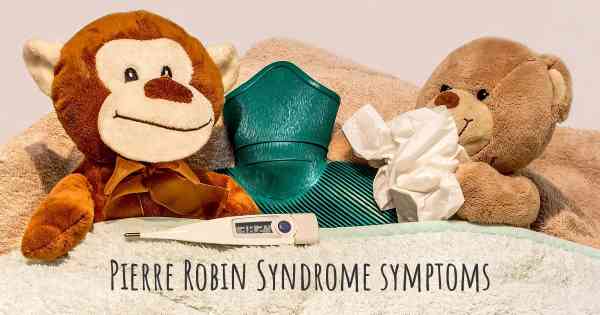
Symptoms of Pierre Robin Syndrome
Pierre Robin Syndrome, also known as Pierre Robin Sequence, is a rare congenital condition that primarily affects the development of the face and jaw. It is characterized by a combination of three main features: micrognathia (an abnormally small lower jaw), glossoptosis (downward displacement or retraction of the tongue), and cleft palate (an opening in the roof of the mouth).
Micrognathia: One of the hallmark symptoms of Pierre Robin Syndrome is micrognathia, which refers to an underdeveloped or small lower jaw. This can lead to a receding chin and a flattened facial appearance. The small jaw can cause various complications, including difficulty breathing, feeding difficulties, and dental problems.
Glossoptosis: Glossoptosis is the second key feature of Pierre Robin Syndrome and involves the displacement or retraction of the tongue towards the back of the throat. This can result in a blocked airway, leading to breathing difficulties, particularly when the baby is lying on their back. Glossoptosis can also contribute to feeding difficulties as the tongue may obstruct the baby's ability to suck and swallow effectively.
Cleft Palate: The third characteristic of Pierre Robin Syndrome is a cleft palate, which is an opening or split in the roof of the mouth. The cleft can vary in size and severity, ranging from a small notch to a complete separation of the palate. A cleft palate can cause problems with feeding, speech development, and can increase the risk of ear infections.
In addition to these primary features, individuals with Pierre Robin Syndrome may also exhibit other associated symptoms and conditions, including:
- Respiratory difficulties: Due to the combination of micrognathia and glossoptosis, infants with Pierre Robin Syndrome may experience breathing problems, particularly during sleep. This can lead to episodes of cyanosis (bluish discoloration of the skin) and apnea (temporary cessation of breathing).
- Feeding difficulties: The small jaw and displaced tongue can make it challenging for babies with Pierre Robin Syndrome to breastfeed or bottle-feed. They may struggle with creating a proper seal around the nipple and have difficulty coordinating sucking and swallowing. As a result, alternative feeding methods, such as specialized bottles or feeding tubes, may be necessary.
- Speech delays: The presence of a cleft palate and associated anatomical abnormalities can affect speech development. Children with Pierre Robin Syndrome may experience delays in speech production and articulation, requiring speech therapy to improve communication skills.
- Hearing loss: Ear abnormalities are common in individuals with Pierre Robin Syndrome, and they are more susceptible to ear infections and hearing loss. The cleft palate can contribute to a dysfunction of the Eustachian tube, leading to fluid buildup in the middle ear and increased risk of infections.
- Dental problems: The abnormal jaw structure and palate can cause dental issues, such as misalignment of teeth, overcrowding, and malocclusion. Regular dental care and orthodontic interventions may be necessary to address these problems.
- Facial abnormalities: Apart from micrognathia, individuals with Pierre Robin Syndrome may have other facial abnormalities, including a high-arched palate, a small or recessed chin, and a flattened nasal bridge.
- Developmental delays: While Pierre Robin Syndrome primarily affects the craniofacial region, some individuals may experience developmental delays in other areas, such as motor skills or cognitive development. Early intervention and appropriate therapies can help address these delays.
It is important to note that the severity and combination of symptoms can vary widely among individuals with Pierre Robin Syndrome. Some may only exhibit mild manifestations, while others may have more significant challenges requiring comprehensive medical management and multidisciplinary care.
The biggest problems were around breathing due to the small lower jaw and the tongue dropping back restricting air and feeding. Both my children needed a feeding tube for 12 months but their synptims other than that were quite different.
Posted Aug 14, 2017 by Della 1000
Posted Sep 7, 2017 by Hailey 3200
Posted Sep 7, 2017 by Charlotte 550
